Taste is a very subjective thing. Some people love pineapple on pizza, some hate it. Some people happily stick to a vegan diet, others eat meat almost constantly. But what's behind those foods that can change their taste over time? Is it you and your personal tastes that change over time, or is the food itself different? It turns out that sometimes things actually taste different than you remember, and for some very interesting reasons.
10. Some authentic Chinese and Indian dishes taste different (in the US) because of the oil that cannot be used in America.

Most of us know that there is a distinct difference between Chinese food in China and the Chinese restaurant food you find in America. When it comes to Sichuan Chinese, one of the reasons for the difference in taste goes beyond the predictable and has to do not only with what is cooked, but how. In this case, it’s the oil.
In America, most food is cooked in vegetable oil, canola oil, even peanut oil. But in China, most Sichuan food is cooked with things like mustard seed oil or Caiziyou oil , which you will almost never find in the US.
Mustard seed oil has spicy aroma and adds a subtle piquant flavor to food. However, you've probably never seen it for sale in your supermarket. Expressed mustard oil forbidden FDA: That's because the oil has a high content of erucic acid. In the '70s, experiments showed that erucic acid caused heart and kidney disease in rats. So the oil was banned, but later studies showed that the effect didn't actually extend to humans, and the oil might actually be good for us. But science is sometimes slow, and bureaucracy is even slower, so the ban was never lifted.
The oil has a very high smoke point and imparts great flavor, especially to spicy dishes, so it is favored for chili-based dishes. If you want to eat foods you first discovered in parts of China and northern India, they will probably never taste the same in America unless you use the oil, which is legally very difficult to do.
9. Brussels sprouts used to taste worse

The humble Brussels sprout. The bane of children everywhere. But as an adult, do you now enjoy the taste? Even if in childhood memories had bitter, unpleasant cabbage? You may have just thought your taste buds were ripe, and maybe they were, but that's not all. Brussels sprouts really do taste better.
The thing is, in the past, kids weren't wrong. The sprouts were bitter and unpleasant. So in the 1990s, Dutch scientists and farmers worked together to isolate bitter tasting compounds in the sprouts. Once these were identified, they set about breeding strains that naturally contained the least amount of these bitter compounds.
Once they managed to create the tastiest new hybrids, they were grown on farms and eventually they replaced the older, bitter strains of the vegetable, and since the 1990s, Brussels sprouts have actually become tastier.
8. Banana candies taste like bananas, but not like the bananas we eat.
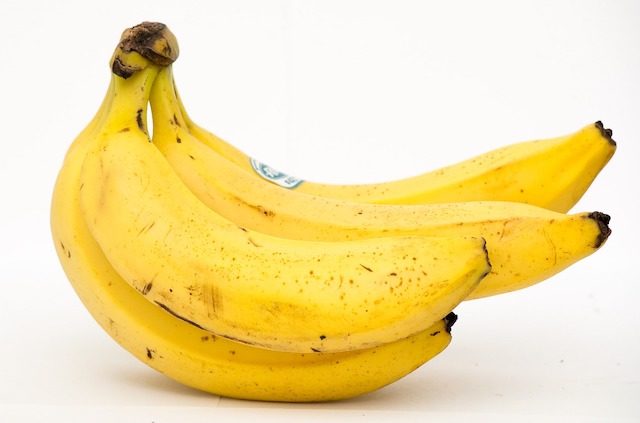
Is there any candy flavor that is more perplexing than banana? It doesn't taste like banana, but all banana candies taste the same. How did this happen? It all goes back to a time when Americans didn't even eat bananas.
The fake banana flavor comes from a fruity ester called isoamyl acetate You can find it in many fruits, and it was introduced before most Americans even tried a banana in the 1860s. But when a decade later bananas Gros Michel became a real thing that people could buy, and there was a clear similarity between them. Gros Michel contained a reasonable amount of isoamyl acetate. But then, as you know, Gros Michel fell victim to a serious banana blight and was wiped out. It was replaced by Cavendish bananas in the 1960s, and we still eat them today.
Cavendish has some isoamyl acetate, but not as much as Gros Michel. So it tastes almost nothing like the fake banana. But it used to taste much closer to banana.
7. American purple skittles taste different from purple skittles from other countries.
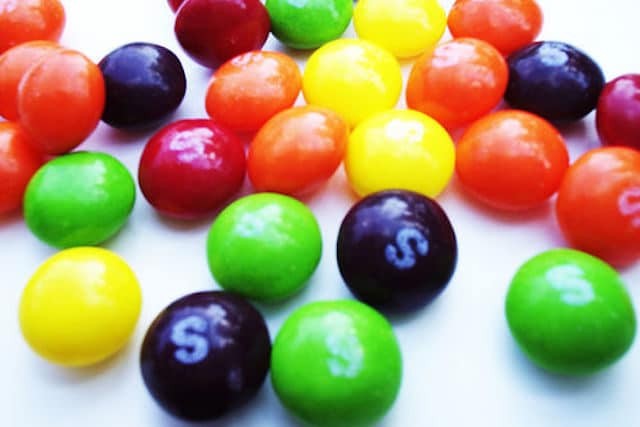
Speaking of candy, do you think you could identify all the Skittle flavors in a blind taste test? It would be a lot harder than you think if you were using international Skittles, because purple Skittles don't taste the same all over the world. Or, more accurately, the U.S. government has made sure that American Skittles don't taste like everyone else's.
In most countries, purple skittles are flavored with delicious black currant . Not so in America, where this the scent has been illegal for ages Years ago, blackcurrants were outlawed in America because the plants carried a disease called white pine blister. Eventually the ban was lifted, but by then the blackcurrant had missed its opportunity. Few people wanted to grow them, and the taste wasn't part of the American experience, so it never caught on.
6. The taste of Coca-Cola differs from country to country

One of the most important things for a product that is used all over the world is consistency. For something like Coca-Cola, this must be extremely important, otherwise you would think so. And although the company claims on their websites , that it is the same everywhere, this is not 100% true.
The formula for Coca-Cola is the same all over the world, so the syrup will always be the same in any country. But there is more to Coca-Cola than just syrup. The product is always spills on site , and each country uses its own water sources, and sometimes its own sweeteners. That's why Mexican Coca-Cola so popular because they use cane sugar as a sweetener, which gives it a different taste than the high fructose corn syrup in American Coca-Cola.
If you have traveled, you probably know that the taste of water differs from country to country, and sometimes even from city to city. So the final product that Coca-Cola produces in some countries will have a completely different taste. different taste .
5. Kit Kat bars taste different in different countries around the world
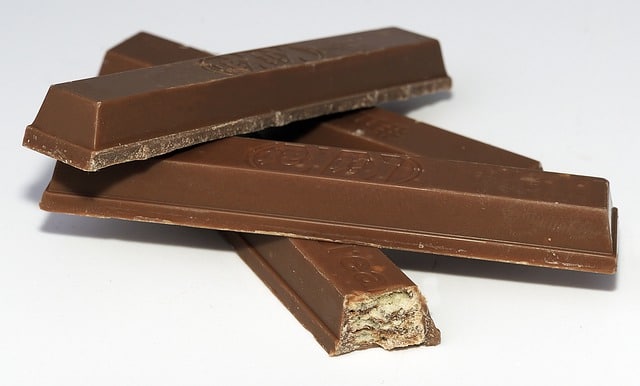
Every country has its own candies and treats, but there are a few candies that know no borders and are enjoyed all over the world. One of the most popular has to be Kit Kat, which can be found around the world in about 100 countries However, it will not taste the same all over the world because, despite the name and familiar packaging, it is not even made by the same company everywhere.
Kit Kat is so popular in Japan that people in Japan actually think it is a Japanese product, even though it was originally made in the UK. In Britain Kit Kat is a Nestle product, and in America, Hershey. The US version contains much more sugar, while the UK version has higher cocoa and fat content. In taste tests, most people agree that the UK Kit Kat is much better. In Japan, it comes in dozens of varieties.
4. McDonald's French fries have changed four times in 30 years.
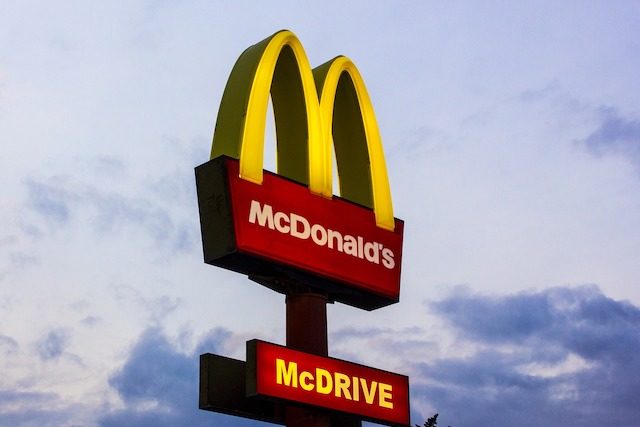
One of the most popular items on the McDonald's menu is the French fries, which many people consider to be the best among the fast food competitors. But if you're old enough, you may be dreaming of the even better French fries that McDonald's used to sell, because they really were different back in the day. In fact, they've changed several times over the years.
For a very long time, McDonald's French fries were made with beef fat , which gave it a distinctive flavor and made it very popular. But it was also high in saturated fat and cholesterol. Over the years, anti-junk campaigns have taken their toll, and McDonald's has finally relented. Vegetable oil has replaced beef tallow in 1990 People were generally unimpressed and stock prices fell.
To compensate, McDonald's tried adding beef flavor to its fries, but this led to lawsuits from vegetarians and Hindus who didn't know they were eating beef.
By 2002, the oil changed again because trans fats in vegetable oil were becoming a problem. In 2007, there was another oil change. So that's four different oils in 30 years, each changing the overall flavor of the fries.
3. Tomatoes have lost their flavor because we grew them that way.
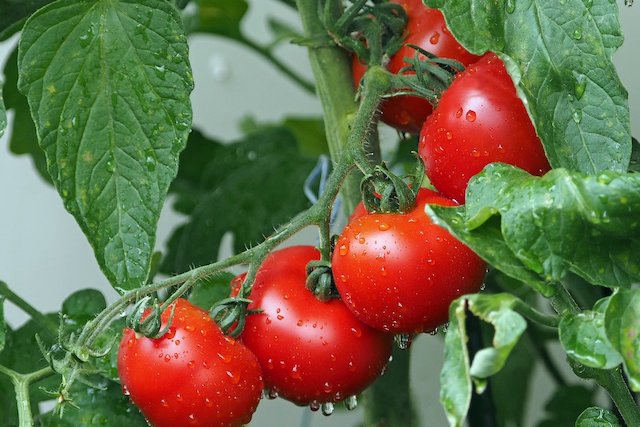
Try to imagine a world without tomatoes. All those delicious sauces, from ketchup to pizza to marinara, that we've been missing. It's excruciating. But even more excruciating is the fact that tomatoes are legally becoming less tasty If you've ever picked up a tomato at the store to slice for a burger or salad and thought it was bland and flavorless, it wasn't just a bad choice. We do it on purpose.
Scientists have tried to answer why tomatoes are not so tasty and compared hundreds of varieties around the world. They have determined that there are 13 connections , which mainly affect the taste of tomatoes, and as we strive to breed larger tomatoes that are more resistant to pests and bad weather, we sacrifice these compounds.
Less popular or artisanal tomato varieties still taste amazing because they haven't been bred to death, so to speak. But the most popular tomatoes only became the most popular because we took away everything we liked about them in the first place.
You can still find delicious tomatoes from time to time, but you wouldn't be wrong to think they used to taste better. You wouldn't be wrong to think they'll continue to get worse.
2. Apples used to be tastier and cleaner
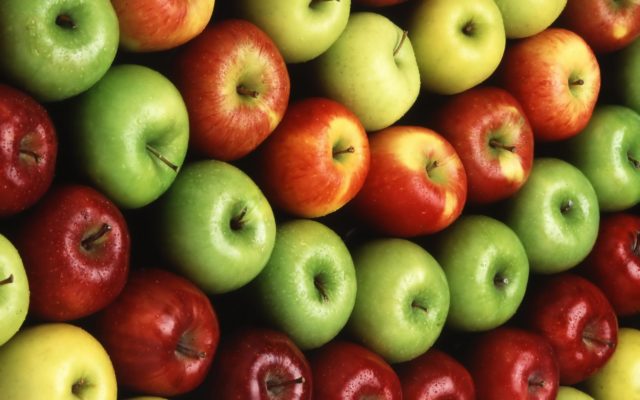
Apples are one of the most popular fruits in the world. Only in America are they grown 2500 different varieties , and there are more than 7,500 of them in the world. And if you feel like apples aren't as good these days as they used to be, you're not wrong. The humble apple buries itself in the ground.
Climate change has contributed to the deterioration taste and crunchiness of apples, which have a harder time adapting to environmental changes and as a result lose their natural levels of malic acid. The result is apples that are less sweet, less crisp, and even mealy. There are also diseases that kill many varieties of apples, leaving us with less to enjoy overall. And that's not the only problem.
Apple Red Delicious — a standout in a world of bad apples. The name is actually half accurate. Red? Check. Delicious? Not always. That’s because the fruit, like tomatoes, is literally bred to look better than it tastes. Growers have consistently tried to perfect that bright red color, eliminating any variations that lead to green or yellow, but at the expense of flavor. Red Delicious is now extremely unpopular in North America because it’s just not tasty anymore.
1. Airplane food tastes bad because of where you eat, not what you eat.

For years, airplane food has been mocked for being tasteless, textureless, and disgusting. And while that's not always a bad thing, there's definitely something odd about it sometimes, and you wouldn't be wrong to think so. There's real science behind why airplane food isn't that great.
First, the basics. Airplane cabins are dry. Literally. desert dry . Cabin pressure and lack of humidity destroy your taste buds, dulling them terribly. You lose up to 30% of your ability to taste salt and sweet at altitude. Your mucous membranes also swell, affecting your sense of smell, which also dulls taste.
Surprisingly, there is something else. Even the sound on the plane spoils the taste of food. Sound aircraft engines distracts your already overstrained senses and makes it even more difficult to perceive the decent taste of food.













Оставить Комментарий